DDL ON MEDIA
Come discover the media coverage of the members of the research unit on articles, interviews, press releases generated
by the publication of scientific articles recognized by the scientific community and in internationally renowned journals.
The Words We Inherit
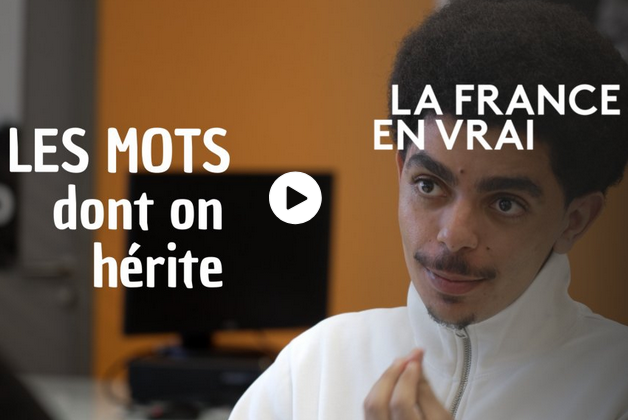
|
Sophie Kern contributed, mainly in terms of content, to the creation of a documentary titled "The Words We Inherit", directed by Sami Ahmadi. This documentary aired on November 7, 2024, on France 3 Rhône-Alpes.
About the documentary:
Sami Ahmadi is 24 years old. Born in Vaulx-en-Velin, he explores how language serves as a powerful social marker, shaping the social trajectories and success of young people, like himself, raised in working-class neighborhoods. From his childhood in Vaulx-en-Velin to his journey into higher education, he revisits key moments of his life, blending his personal story with encounters involving teachers, young people, and community actors from the town where he grew up.
You can also watch it online on the replay platform at this address: France 3 Auvergne Rhône-Alpes or on France TV.
|
THEY TALK ABOUT US
THEY TALK ABOUT US
|
A notable international press echo following the publication in the journal JASA (The Journal of the Acoustical Society of America) of the article: “The alveolar trill is perceived as jagged/rough by speakers of different languages” (2024), co-authored by Aleksandra Ćwiek, Rémi Anselme, Dan Dediu, Susanne Fuchs, Shigeto Kawahara, Grace E. Oh, Jing Paul, Marcus Perlman, Caterina Petrone, Sabine Reiter, Rachid Ridouane, Jochen Zeller, and Bodo Winter.
Highlights from the coverage:
|

|
An article in Mirage News on 11/21/2024:
“Research: R Sounds Rough, L Sounds Smooth Cross-Culturally”.
|

|
An article in The Guardian on 11/20/2024:
“People around world associate rolled R with a jagged line, study finds”.
|

|
An article in Neuroscience News on 11/20/2024:
“L is Smooth, R is Rough: Our Brains Link Sounds to Sensations”.
|

|
An article in MDR on 11/22/2024:
“R-Laute stehen weltweit für Rauheit und L für Glätte”.
|
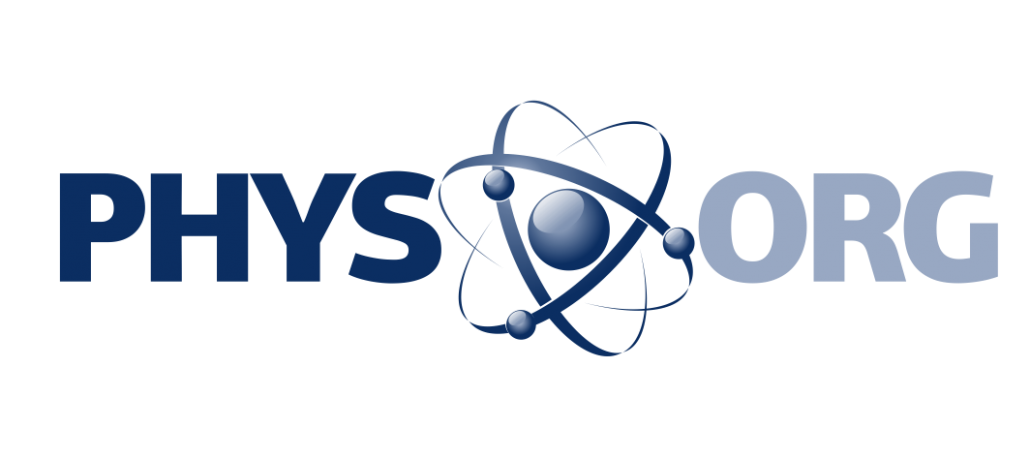
|
An article in Phys.org on 11/20/2024:
“R sounds are rough, and L sounds are smooth: Cross-cultural study finds these associations may be universal”.
|

|
An article in PsychNews Daily on 11/24/2024:
“Sounds of Language Shape Our Tactile and Visual Perceptions”.
|
Stéphanie and Sign Language
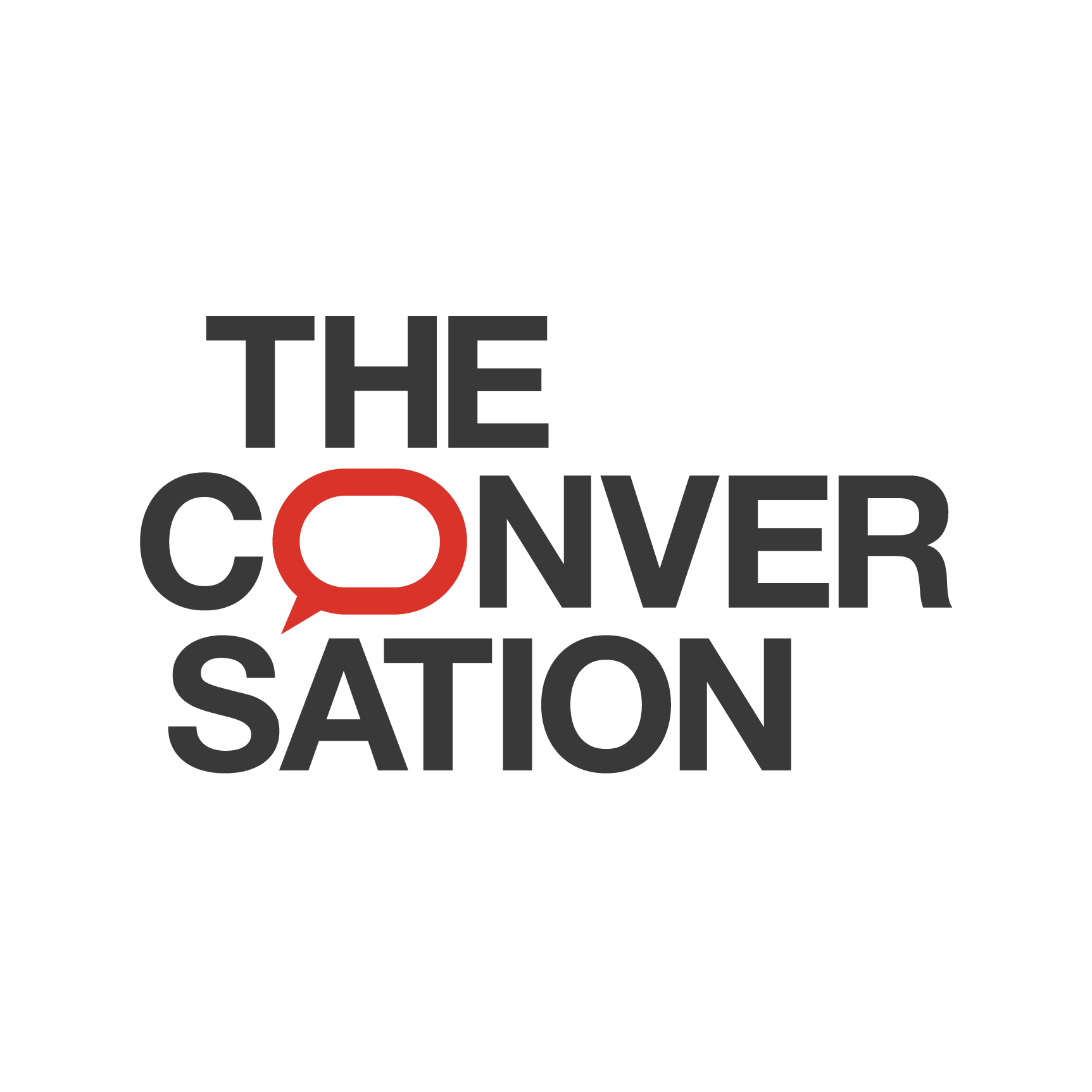
|
On August 25, 2024, Stéphanie Gobet, an associate researcher at DDL, published an article for the general public in The Conversation titled "Sign Language in School: 50 Years of Struggle and Progress." Stéphanie highlights the challenges of accessing a bilingual education in French Sign Language (LSF) and French, despite its legal recognition.
You can find the article HERE.
|
The CNRS Innovation Newsletter
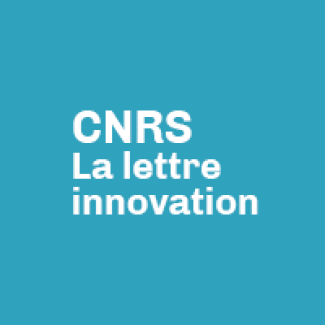
|
The Dynamique Du Langage (DDL) laboratory was highlighted in the article Innovating in Social Sciences and Humanities, from Cybersecurity to Educational Games. This article emphasizes the importance of the social sciences and humanities in various fields, such as cybersecurity and education. Among the projects presented, the board game [kosmopoliːt], developed with Jeux Opla editions, exemplifies how gastronomy and linguistic diversity come together. With nearly 100,000 copies sold, it promotes French learning and expression for non-native speakers, showcasing DDL's commitment to innovation in the social sciences and humanities.
The article (in French) can be found HERE.
|
A year with CNRS
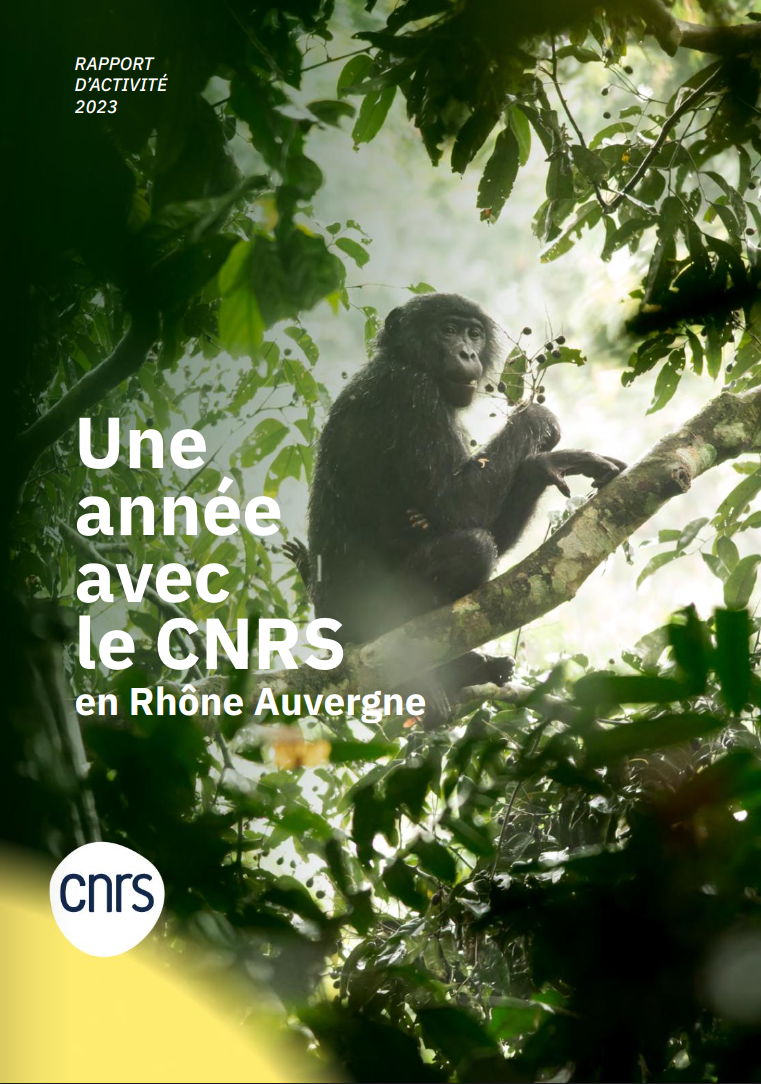
|
Published in September 2024, CNRS offers us a retrospective of the year 2023 in its annual report to "fully grasp the research dynamics present in our territory". On this occasion, the Dynamique Du Langage Laboratory is highlighted in the Rhône Auvergne regional supplement, thanks to the bronze medal awarded to Katarzyna Pisanski (page 11), the ERC Consolidator Grant funding for the LANGUAGE REDUX project led by Matthias Urban (page 13), and the work of Frédérique Gayraud on language and post-traumatic stress (page 20).
The Rhône Auvergne regional supplement can be found HERE.
|
DAVID AND LINGUISTIC DIVERSITY

|
Dissemination Article | "Why should we be concerned about the imminent loss of global linguistic diversity?"
On June 7, 2024, an article titled "Per què ens hauria de preocupar la pèrdua imminent de la diversitat lingüística mundial?" was published in the Catalan online periodical VilaWeb. The article was written by David Ginebra.
In this article, David emphasizes the importance of preserving indigenous languages, which are at risk of disappearing by 50% to 90% by 2032. The loss of these languages would not only result in the disappearance of scientific, historical, and medical knowledge, but also have social impacts, such as the loss of identity, intergenerational trauma, and health issues. By preserving these languages, we also contribute to the cognitive and physical well-being of linguistic communities, while valuing their culture and identity.
|
KASIA AND OUR SONIC WORLD

|
How Our World Became Sonic | A Mediapart Article
On May 25, 2024, an article titled “How Our World Became Sonic” was published on Mediapart, featuring an interview with Katarzyna Pisanski as an expert on acoustics and the human voice.
This article, written by Alice Bomboy, explores the evolution of sonic communication on Earth, from the first sounds produced by aquatic animals to the impact of human activity on the acoustic communication of other species and the increasing complexity of the human voice.
|
Press Area
ROSA - SPACE-TIME
CHRISTOPHE, YOON MI, DAN, AND FRANÇOIS - INFORMATION TRANSMISSION
KASIA AND WHY WE LAUGH

|
Is Laughter Unique to Humans? | An article from Le Progrès
On April 7, 2024, an article titled "Is Laughter Unique to Humans?" was published in Le Progrès (in French), highlighting the work of Katarzyna Pisanski on laughter.
In this article, we discover that more than fifty species are capable of laughter, in addition to exploring the hypothesis about the origin of laughter and the distinction between spontaneous laughter and voluntary laughter. The emphasis is on the fact that laughter plays an essential role in making us feel good.
|
|


























